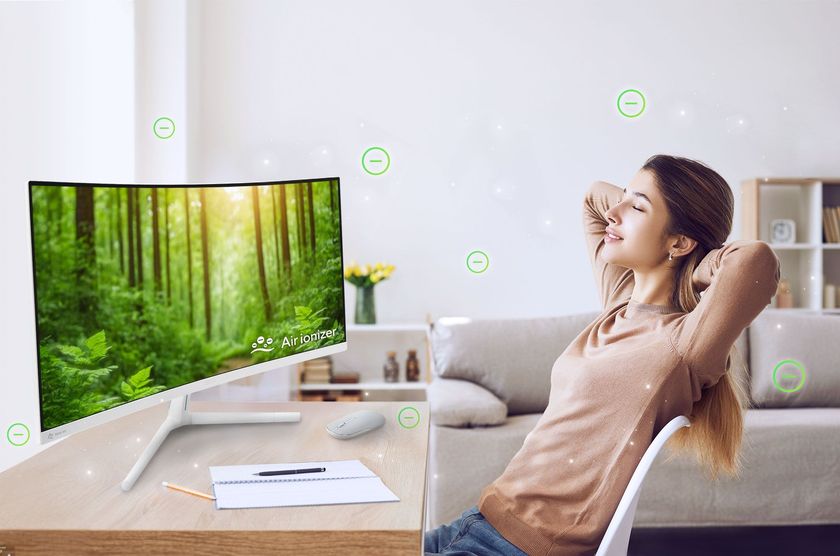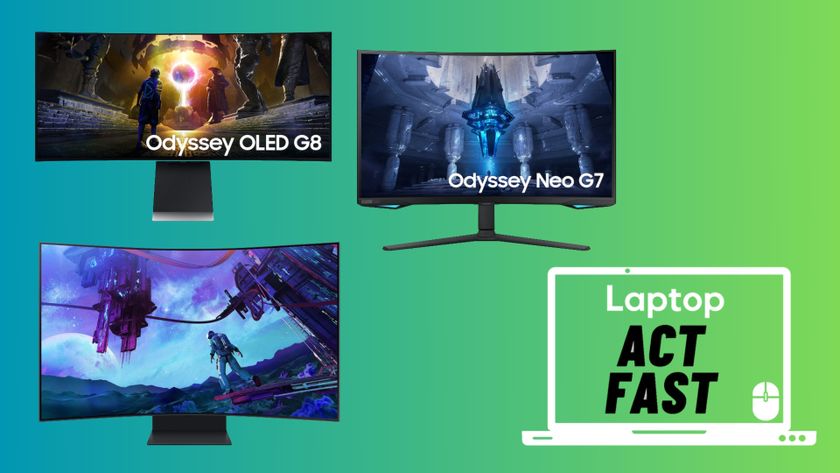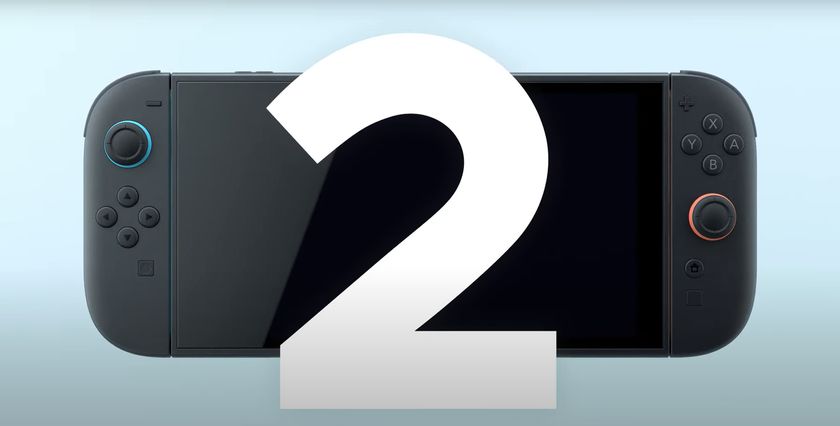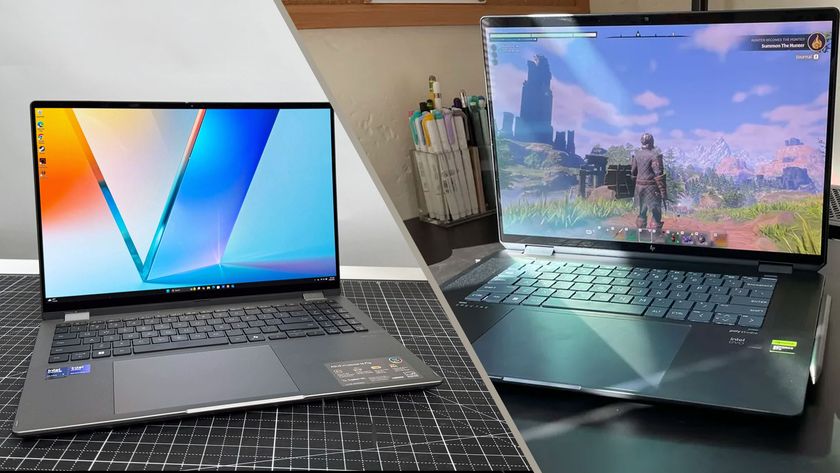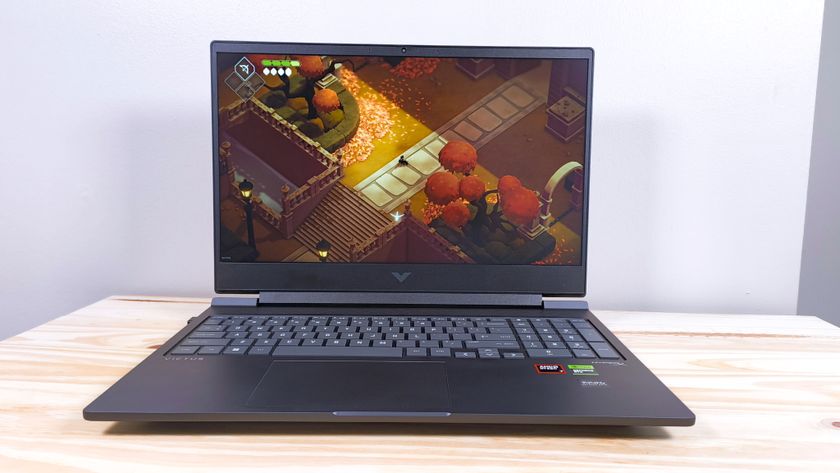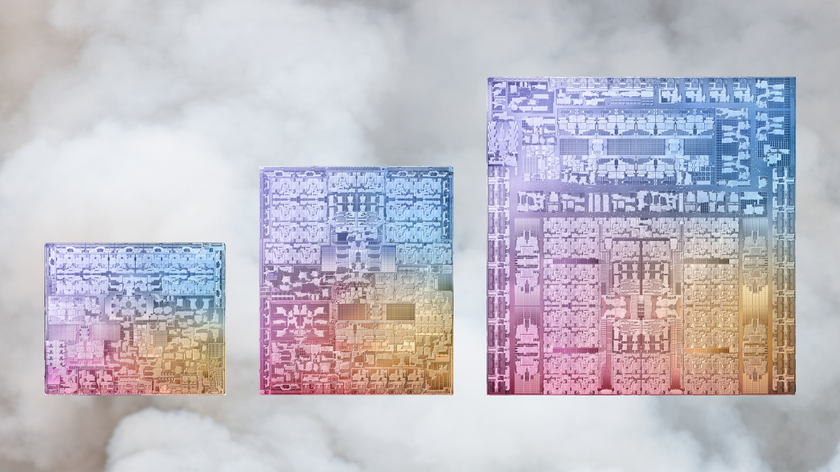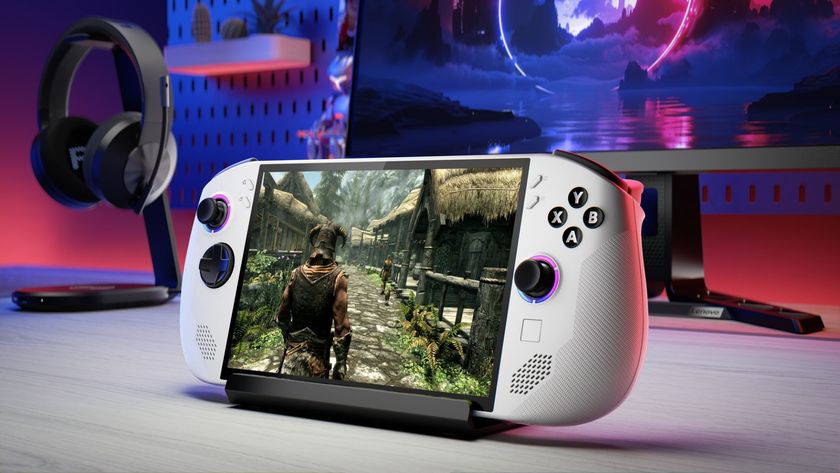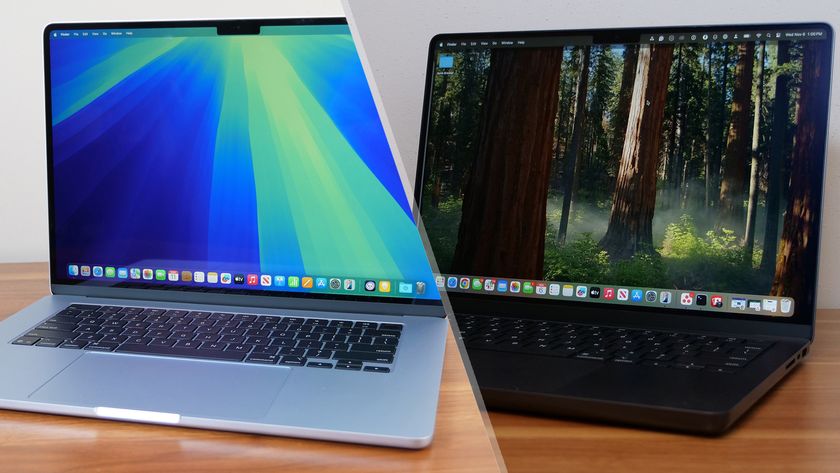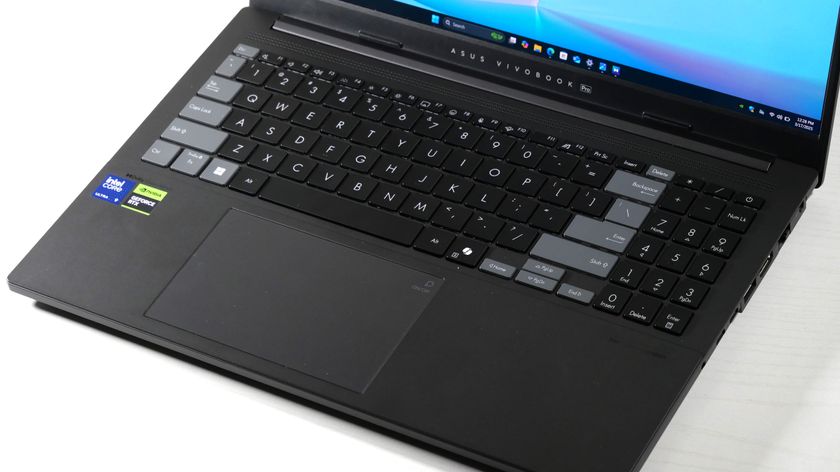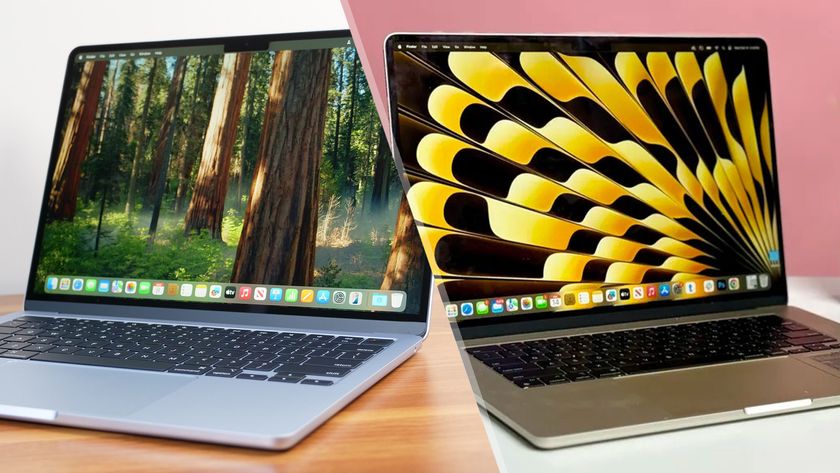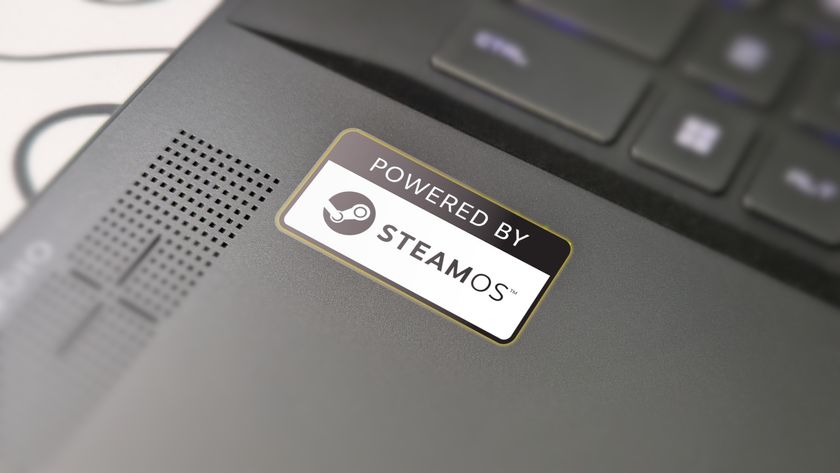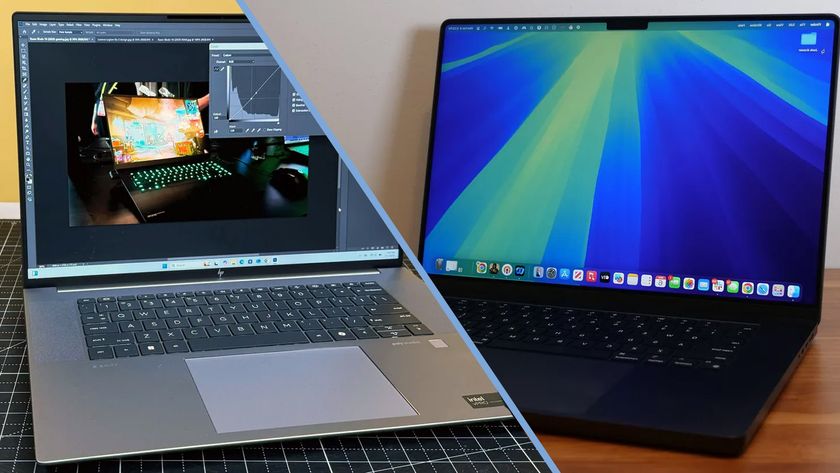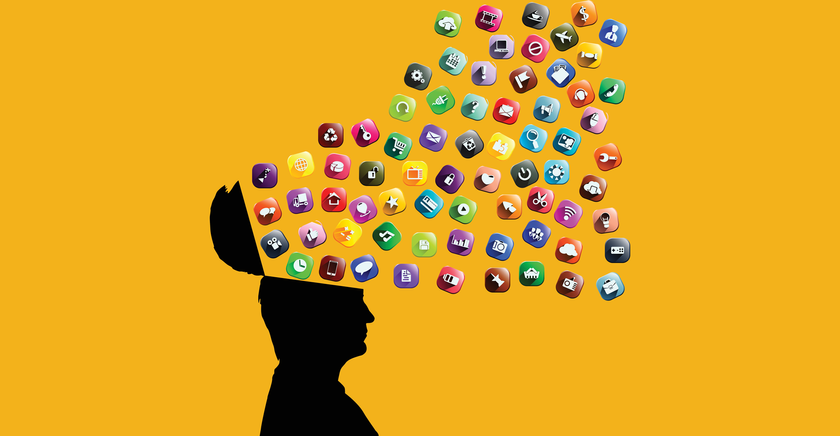OLED vs mini-LED vs QLED: Everything you need to know
A closer look at LED display tech
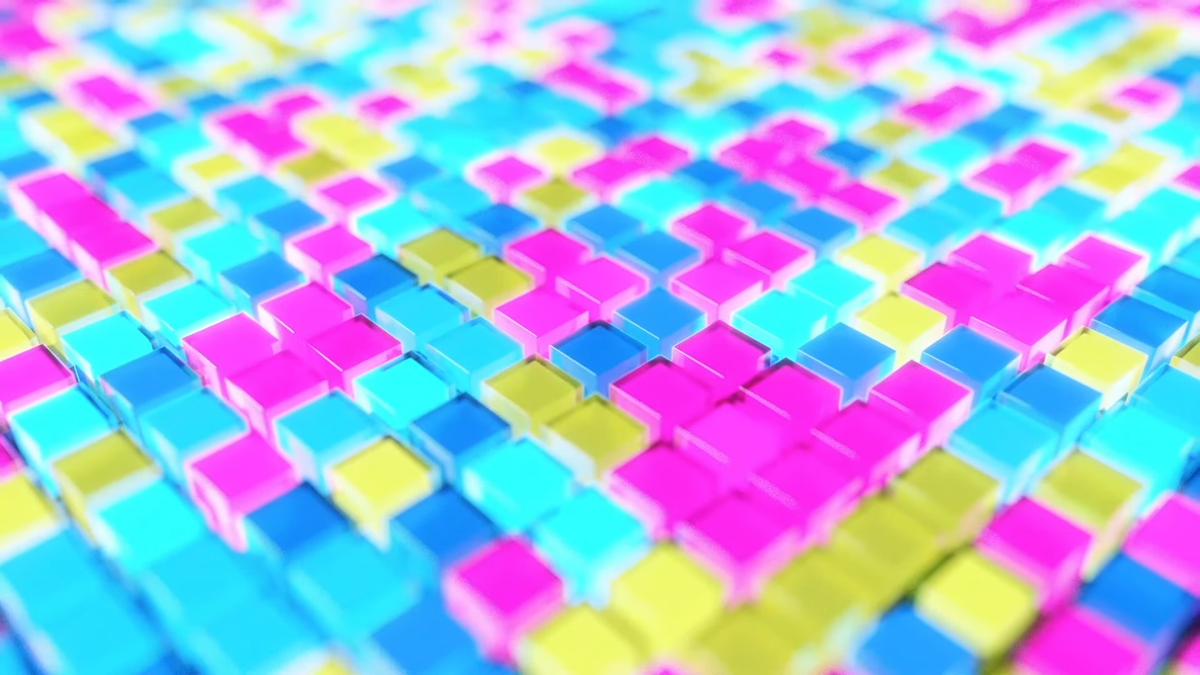
The world of screen technology is full of samey sounding acronyms that can make it easy to mix up which screen type is which. Despite the similar names, each has advantages and disadvantages, so it’s important to understand before you can make a decision about a very important component of any computer setup.
Most laptops, monitors and TVs available today feature either OLED, QLED or mini-LED displays. Our guide will give you a brief explanation of each one to help you decide which is the best for you.
Why are LEDs important in screens?
The use of LEDs (Light Emitting Diodes) in screen technology represents a major advancement over earlier flat panel technologies by changing the source of illumination from bulky, hot fluorescent tubes to small, power-efficient diodes. These tiny light sources also provide a better picture by improving issues with light bleed (bright pixels bleeding their luminance to surrounding dark pixels) and color range (brighter whites and darker blacks).
Early LEDs had difficulties with contrast as they couldn’t reproduce deep blacks. However, the latest LED tech has solved this problem via differing methods, resulting in displays that offer outstanding image quality with larger screens that are much lighter and more energy efficient.
What is an OLED display?
An OLED (Organic Light Emitting Diode) display takes the LED concept to the next level. “Organic” in this context refers to the carbon-based materials used in its construction and not because it has anything to do with living organisms.
In an OLED display, there is no backlight at all as the organic material that makes up the internal layer of the screen is itself electroluminescent – it lights up on its own with electrical signals. This removes the need for backlight components, further reducing weight and thickness, and allowing for true blacks as an OLED pixel displaying black is simply turned off to output no light.
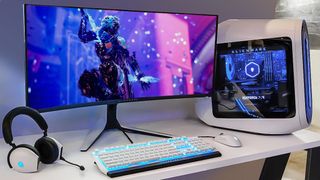
OLEDs offer huge improvements to viewing angles, keeping their proper color and contrast even when viewed from extreme angles. With no backlight having to pass light through the screen’s internal components, the display layer itself is the source of illumination just beneath the clear screen surface, allowing it to retain its proper image at a wider range of viewing angles than backlit displays.
Stay in the know with Laptop Mag
Get our in-depth reviews, helpful tips, great deals, and the biggest news stories delivered to your inbox.
OLEDs are very commonly found in high-end handheld electronics, like smartphones and mobile game consoles like the new Nintendo Switch OLED because all of the previously listed benefits lend themselves well to handheld devices. The latest OLED displays also tout incredibly low latency, making this the ideal screen for gaming. These factors also make OLED TVs strong candidates for use as gaming monitors, like the LG CX OLED TV.
But OLEDs aren’t perfect. These screens suffer from shorter lifespans than standard LED screens as the organic material can break down over time, especially with extended use at higher brightness levels. The recent popularity of HDR means screens are pumping out even brighter images which can further reduce an OLED’s peak performance period.
What is a QLED display?
Despite the similar looking name, QLED is a very different technology from OLED. For starters, a QLED (Quantum-Dot Light Emitting Diode) display uses an LED backlight based on an improved version of LCD technology. The quantum dots, also known as nanocrystals, are the very small particles that make up the basis for this technology.
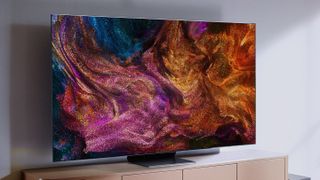
Compared to standard LCD and even OLED, QLED displays offer greater brightness as well as longer lifespans as there are no organic compounds that exist within it to break down over time. Likewise, the burn-in issues faced by some OLED displays are not present on QLED screens. QLEDs also are usually a bit cheaper compared to similar OLED screens due to lower material costs.
The presence of a backlight means it loses some of the viewing angle and low-weight benefits of OLED. That said, LED backlights have been steadily improving, so the difference between the two is not as drastic as it once was.
QLEDs enhanced brightness and vibrant colors make it an excellent fit for TVs or monitors that will be in brighter environments. Gamers will appreciate the decreased burn-in concerns and the more affordable price points won’t hurt either.
What is a mini-LED display?
The relatively new mini-LED standard does to the backlight technology what QLED does to the display technology – it shrinks it. Doing so allows the display to control the dimming of specific zones of the screen to a more precise degree. By increasing the number of dimming zones, in some instances by more than double, this helps with light bleed in dark images that contain bright spots, like a starry night sky or a full moon at night.
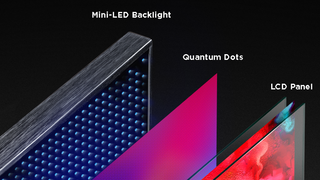
OLED and QLED represent more fundamental advances in display technology and mini-LED technology can be found as the backlight technology for some QLED screens, so this isn’t a standalone alternative. What mini-LED offers is a further shot in the arm for aging LCD tech in the face of advancements by self-illuminating OLED screens.
It retains many of the benefits of QLED like the higher brightness, decreased burn-in concerns, lack of degredation over time, but adds in some of the advantages of OLED like higher contrast ratio, deeper blacks and greater power-efficiency.
We were thoroughly impressed with our first look at a mini-LED laptop back at CES 2020, but Apple grabbed the mini-LED spotlight last year with the iPad Pro 2021 (12.9-inch) and the MacBook Pro 14 and 16. We expect to see plenty more laptops, tablets, monitors and TVs adopt mini-LED over the next few years with an ultimate transition to the even smaller micro-LED.
